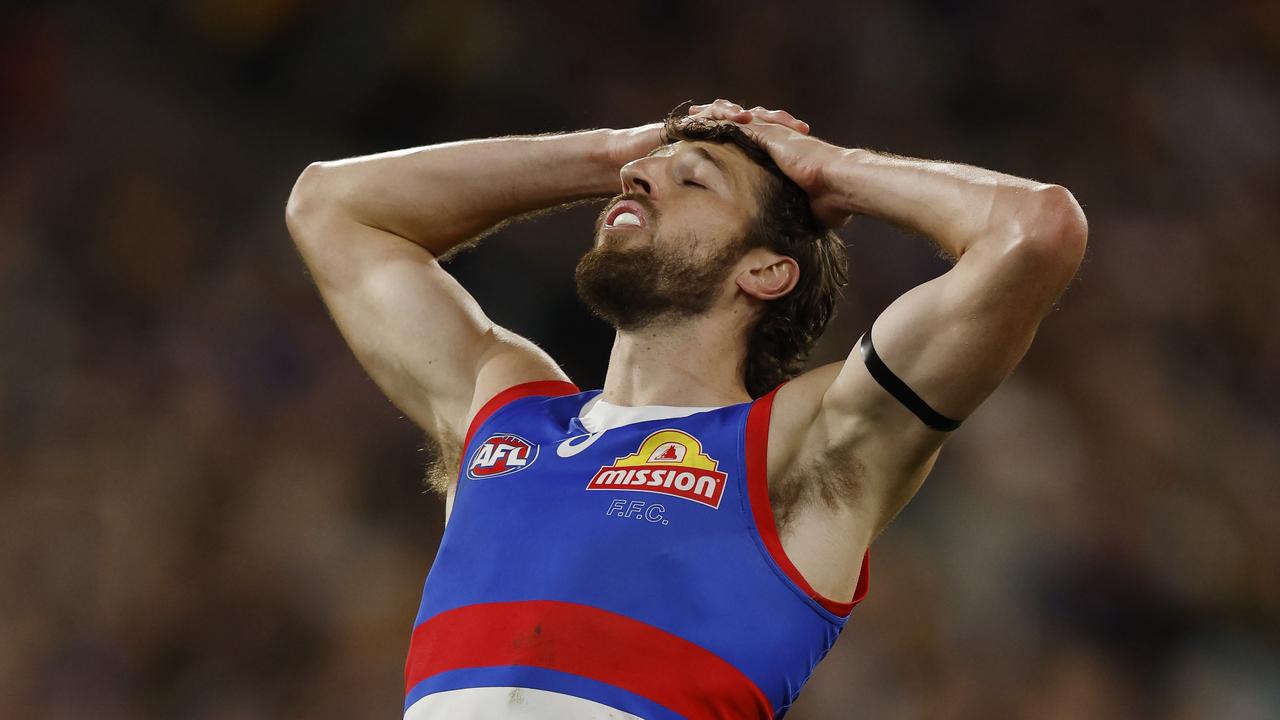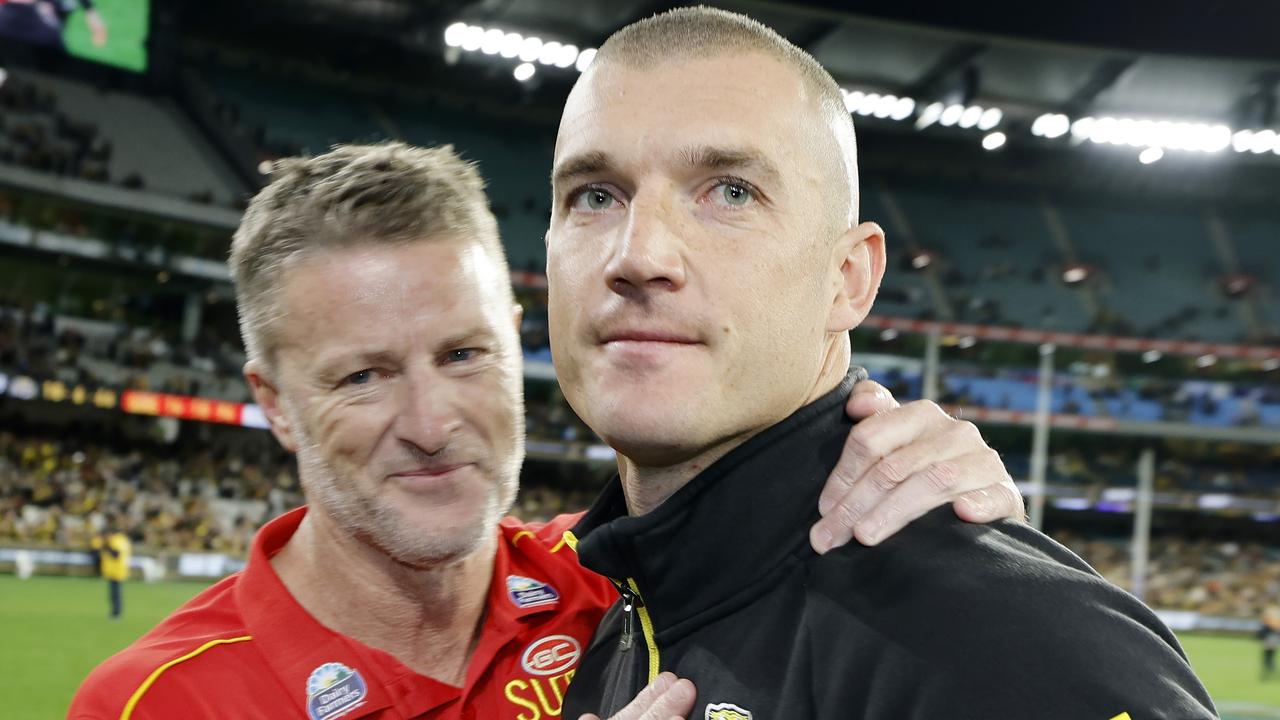The AFL’s forgotten No.1 draft picks
HODGE, Riewoldt … Lounder? Not all number one picks have gone on to find fame and fortune as AFL stars. These are some of the one-time young guns footy fans forgot.
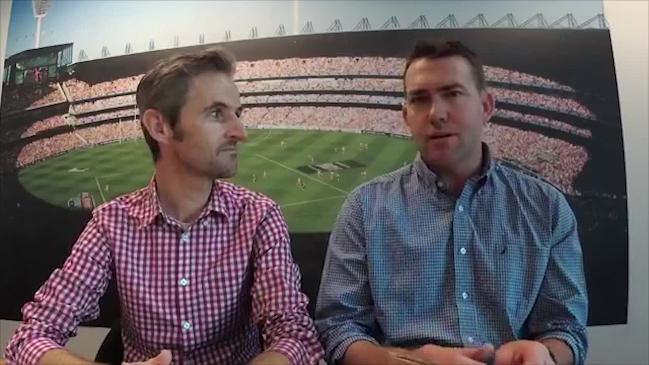
AFL
Don't miss out on the headlines from AFL. Followed categories will be added to My News.
EVER heard of Richard Lounder? How about Stephen Hooper?
They might not be household names, but they were once seen to have the same sort of potential as Nick Riewoldt or Luke Hodge.
Being selected as a number one draft pick is no guarantee of future performance, and the AFL’s draft history is riddled with legends and let-downs alike.
THIS IS THE DAY THE FOOTY SHOW DIED
THE TACKLE: SORRY WAYNE, BUDDY IS KING
While everyone’s familiar with the tales of the maligned Jack Watts and Paddy McCartin, they’re far from the first number one draft picks who didn’t live up to the hype.
We’ve gone back through the archives to shine a light on the first 10 number one draft picks in VFL/AFL history.
1986 — Martin Leslie (Brisbane)
Games: 107
Goals: 11
Honours: All-Australian 1988; Best and Fairest 1990
How’d he go: While there was an interstate draft in 1981 and 1982, the nationwide draft as we know it didn’t really kick off until 1986.
The number one draft pick of 1986, Martin Leslie was a South Australian who played for Port Adelaide in the SANFL for a few years before nominating for the 1986 draft.
Far from the media circus the draft has become, Leslie only found out that he was drafted when he bought a paper that afternoon and saw the news in print.
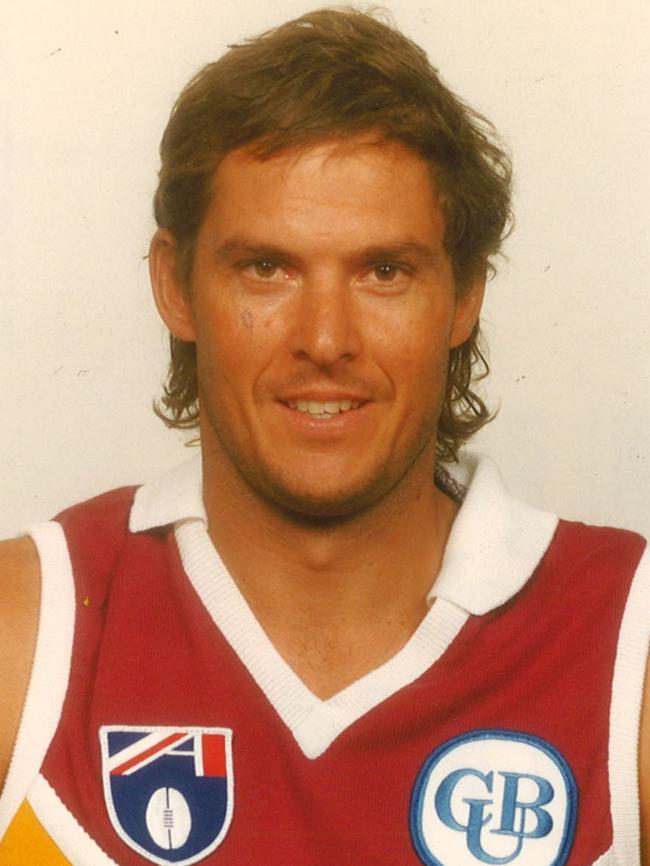
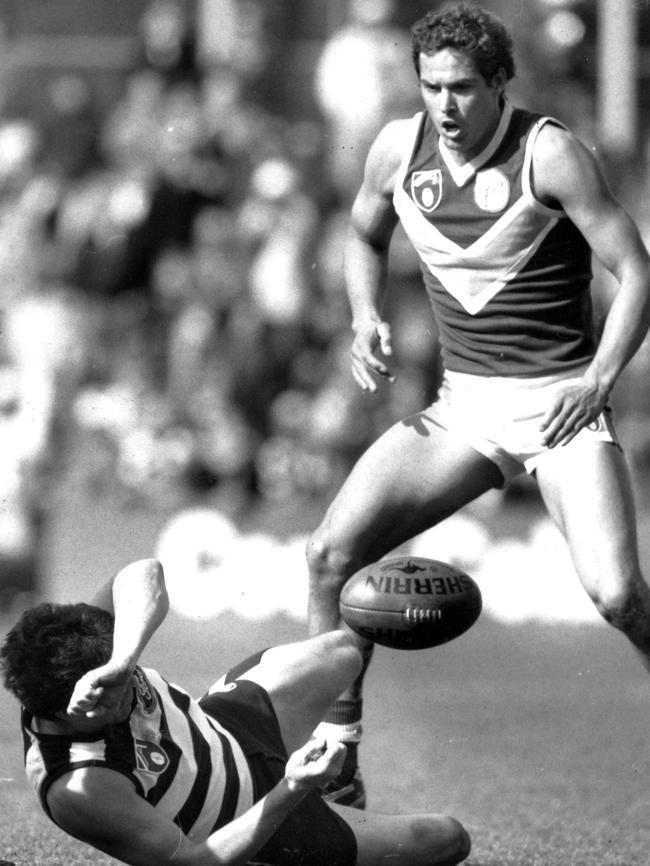
Ironically, he’d popped into the newsagent after filling out a dole form at an office in Darwin where he had been working for a few months in the off-season.
Brisbane snapped him up at pick number 1, but Leslie chose to play two further years at Port before heading up to Brisbane, where he would eventually play over 100 games and win the club best and fairest award in 1990.
He retired in 1995 and now drives heavy machinery in South Australia.
1987 — Richard Lounder (Richmond)
Games: 4
Goals: 5
Honours: 0
How’d he go: The big bodied ruckman was much hyped in the lead up to the 1987 draft.
At 203cm tall and 116kg, the “human tree” (as he was called by Peter Crackers Keenan) was touted as an exciting ruck prospect.
And he delivered … but only in his first game.
He kicked 4 goals on debut, before his form declined and he was dropped four games.
Delisted at the end of his first season, Lounder was working 40 hours a week as a motor trimmer in addition to his football commitments.
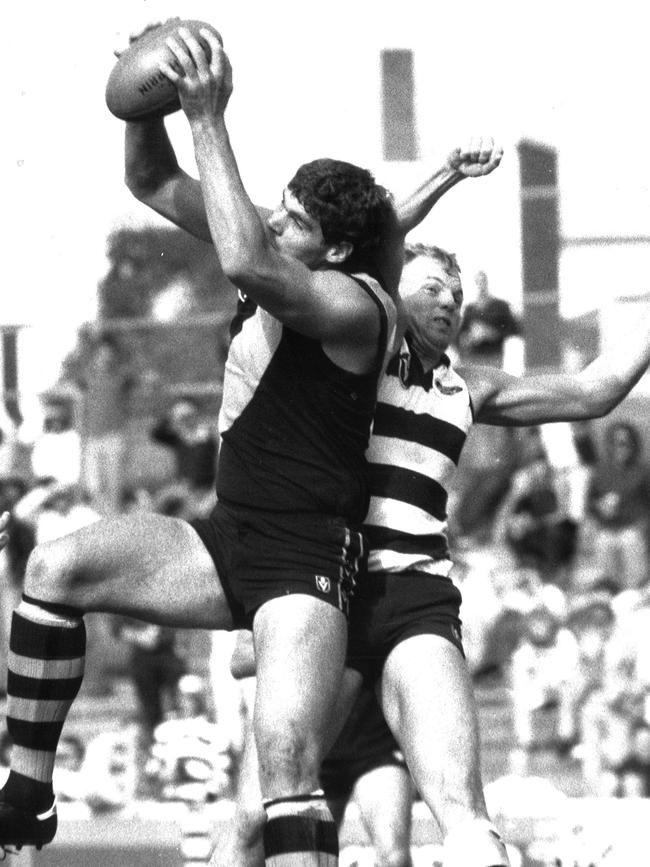
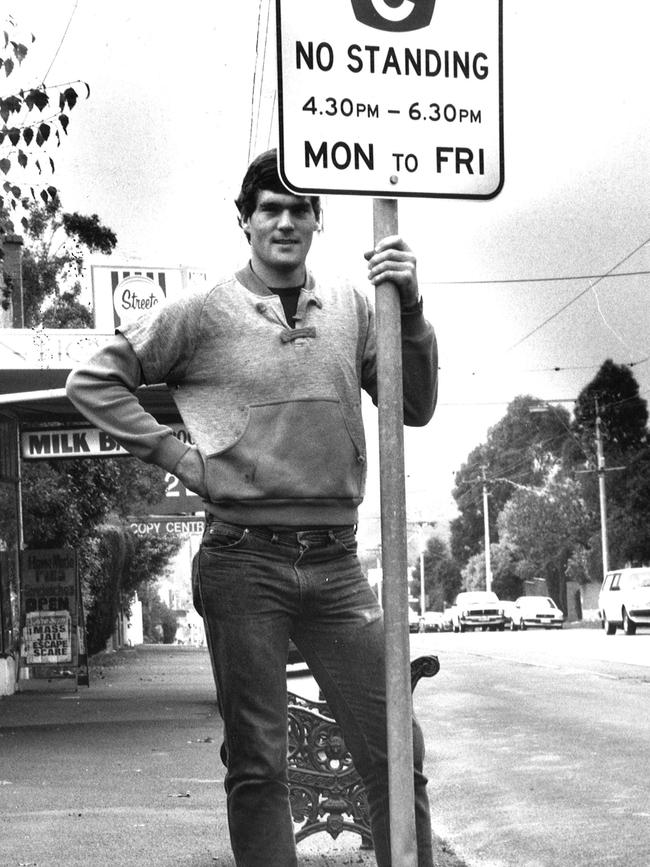
He blames homesickness as a key factor in failing to live up to his potential, saying he felt isolated in Melbourne after moving away from his family in Adelaide.
He moved back to South Australia after being delisted by Richmond, playing a further two seasons for Central Districts before hanging up the boots for good.
1988 — Alex McDonald (Hawthorn)
Games: 107 (46 for Hawthorn, 61 for Collingwood)
Goals: 64 (24 for Hawthorn, 20 for Collingwood)
Honours: 0
How’d he go: From Waubra in country Victoria to the big smoke, Alex McDonald was selected by Hawthorn at pick number one in the 1988 VFL draft.
He ended up playing 46 games for Hawthorn, before moving to Collingwood where he played a further 64 games as a tagger.
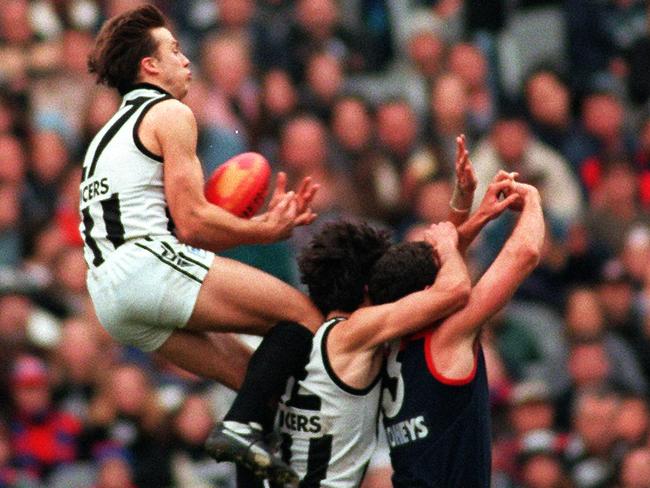
A troublesome hip injury forced McDonald into retirement in 1999, but he didn’t stray too far from the footy world, starting his own player management company.
McDonald’s younger brothers Anthony and James both were drafted to Melbourne.
1989 — Anthony Banik (Richmond)
Games: 49
Goals: 0
Honours: 0
How’d he go: Young gun Anthony Banik represented hope to a destitute Richmond crippled by debt and poor performance.
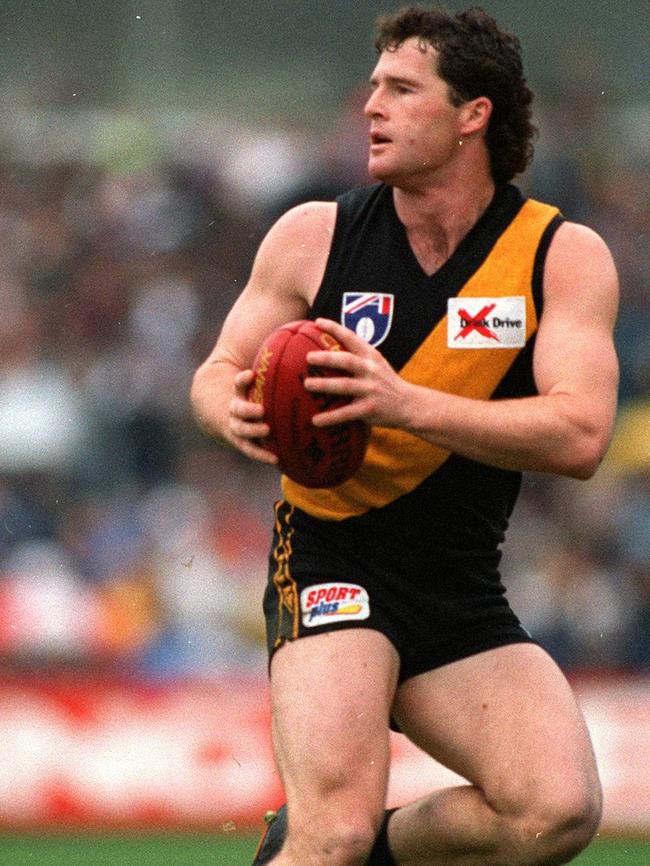
Drafted in a time before age restrictions, Banik was in a high school biology class when he received the phone call letting him know the good news.
The young defender was a consistent performer in his first two seasons for at the Tigers, in-between tin-rattling for the club’s “Save Our Skins” campaign.
Chronic fatigue syndrome cut his career short, with Banik only managing 11 games over the next three seasons before being delisted at the end of 1994.
He moved to Adelaide where was able to recover fully and played a stint in the SANFL for West Adelaide, winning two club best and fairest awards.
While he juggled footy with a cabinetry apprenticeship during his playing days, he now works as a greenkeeper in his hometown of Yarram.
1990 — Stephen Hooper (Geelong)
Games: 21
Goals: 0
Honours: 0
How’d he go: Stephen Hooper failed to make a splash at Geelong.
The West Australian was out shearing sheep during the draft, and only found out about his selection on a midmorning radio news.
Despite being a hot draft prospect, Hooper’s career was crippled by a knee injury, only managing 21 games over 3 seasons before being delisted.
He returned home to Perth, where he gained notoriety for knocking Basil Zempilas out in a WAFL ruck contest and ending Zempilas’s footy career.
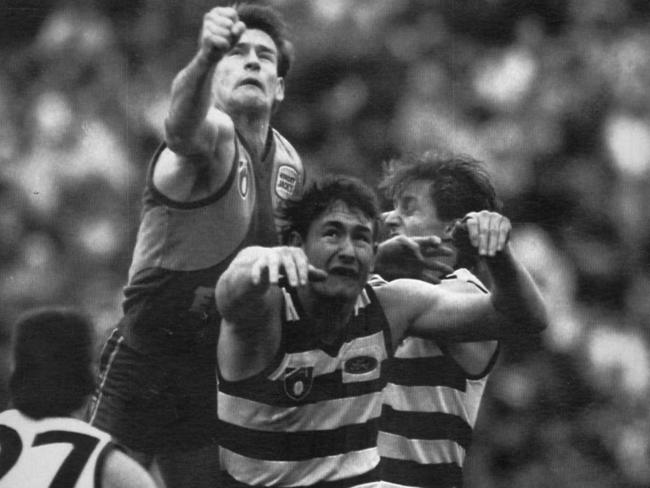
1991 — John Hutton (Brisbane)
Games: 36 (18 for Brisbane, 5 for Sydney, 13 for Fremantle)
Goals: 79 (43 for Brisbane, 9 for Sydney, 27 for Fremantle)
Honours: Brisbane’s leading goalkicker 1992
How’d he go: Drafted at the ripe old age of 25, John Hutton had no trouble kicking snags but struggled to find a stable home in the AFL.
Hutton was delisted at the end of the year, despite leading the Bears’ goalkicking in his debut season.
He was picked up by Sydney, but delisted again after an underwhelming season, only managing a handful of games.
History repeated itself again when he joined Fremantle for their debut season in 1994, but ultimately suffered his third delisting despite kicking 8 goals against Sydney in round 6.
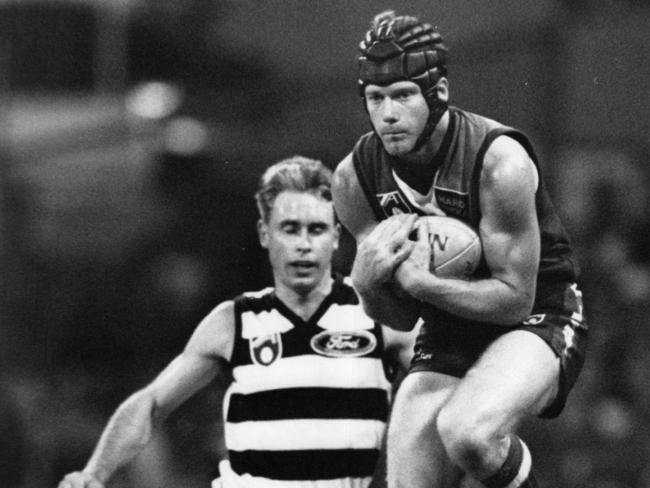
1992 — Drew Banfield (West Coast)
Games: 256
Goals: 76
Honours: Premiership team 1994, 2006; Best and Fairest 1996; Ross Glendinning Medallist 2001, Rising Star nominee 1994
How’d he go: Drew Banfield is perhaps the first number one draft pick to qualify as a great AFL player.
In a career spanning 1993 to 2006, Banfield is the only player to have featured in both West Coast’s 1994 and 2006 Grand Final wins, retiring on a high after the 2006 triumph.
Banfield played wherever the team needed him, but made his name as hardworking and consistent defender.
Banfield’s status as a club legend was immortalised in 2006 when he was selected in “Team 20”, West Coast’s greatest team of the past twenty years.
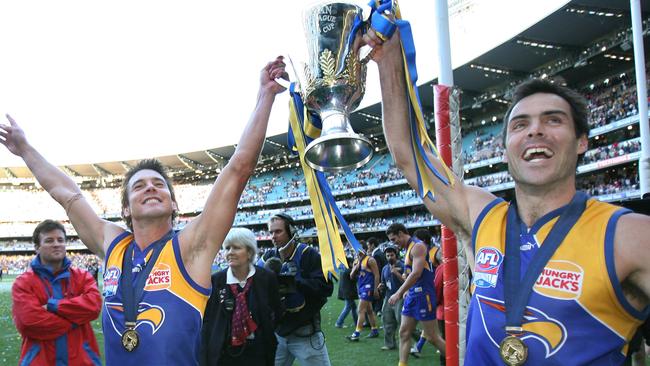
1993 — Darren Gaspar (Sydney)
Games: 228 (21 for Sydney, 207 for Richmond)
Goals: 23 (1 for Sydney, 22 for Richmond)
Honours: All-Australian 2000, 2001; Best and Fairest 2001
How’d he go: Darren Gaspar lived up to his first pick label as a 200 gamer and dual All-Australian.
Gaspar injured his knee in the third quarter of his debut game, but recovered to play five games in his rookie season.
However he turned down a deal to stay at the Swans at the end of 1995, moving to the Tigers.
Gaspar’s career flourished at Richmond. He grew into one of the league’s premier key defenders — forming a solid defensive pairing with Andrew Kellaway — and was a key pillar in the club’s run to a preliminary final in 2001.
He won the club’s best and fairest award in 2001 and All-Australian selection in 2000 and 2001.
Gaspar’s two brothers, Damien and Travis, also played AFL for Melbourne and West Coast respectively.
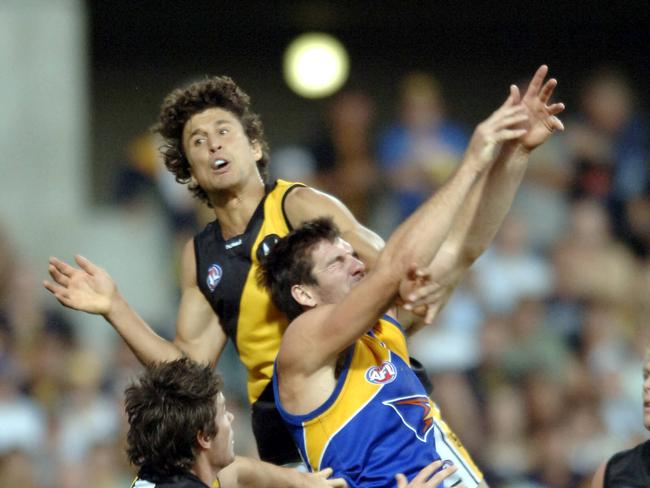
1994 — Jeff White (Fremantle)
Games: 268 (32 for Fremantle, 236 Melbourne)
Goals: 113 (18 for Fremantle, 95 for Melbourne)
Honours: All-Australian 2004; Best and Fairest 2004, Rising Star nominee 1996
How’d he go: Jeff White holds a special place in the hearts of Melbourne fans as one of the most athletic ruckmen to play at the club.
Originally drafted by Fremantle, White spent three years at the Dockers before moving back to his native Victoria to play for the Demons.
He spent one year shadowing Melbourne legend Jim Stynes, before taking on the role of frontline ruck in 1999.
White was one of the league’s premier ruckman throughout the early 2000s and was Melbourne’s best player in the losing 2000 grand final team.
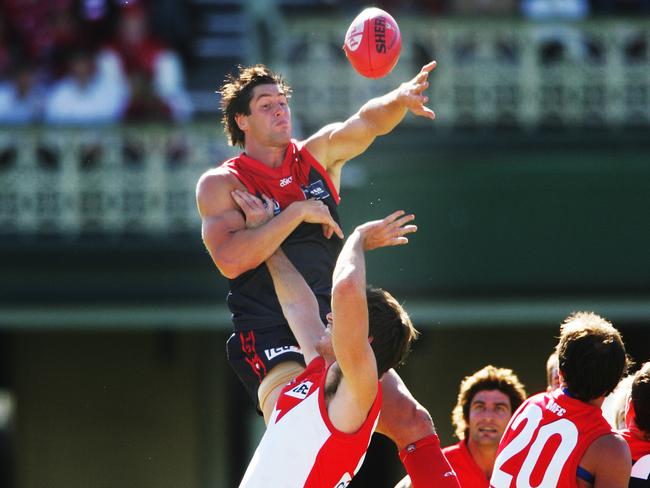
Following his All-Australian year in 2004, White suffered a sickening facial injury in 2005 when he was kicked in the face by Geelong ruckman Steven King during the elimination final.
White had five metal plates and 14 screws inserted into his jaw but didn’t miss a game, returning for round 1 the following year.
White was Melbourne’s preferred ruckman for over a decade before retiring in 2008.
He sadly suffered a stroke last year at the age of 40, but has made a full recovery.
1995 — Clive Waterhouse (Fremantle)
Games: 106
Goals: 178
Honours: Fremantle leading goalkicker 1998, 2000
How’d he go: English-born Clive Waterhouse started playing footy at 17 and was drafted just a year later.
After an inconsistent start to his career, Waterhouse hit some form when Adelaide’s star full-forward Tony Modra came to Fremantle in 1999.
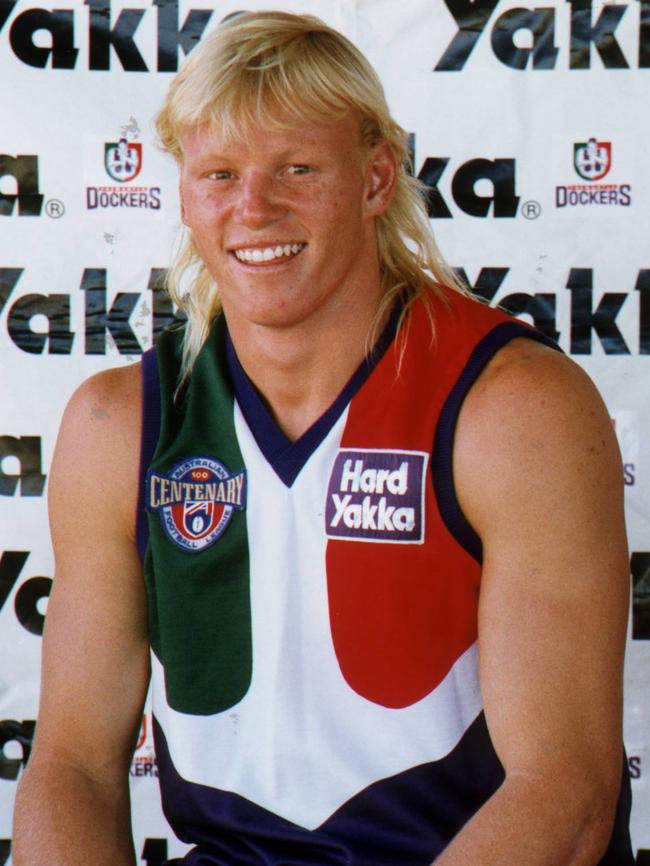
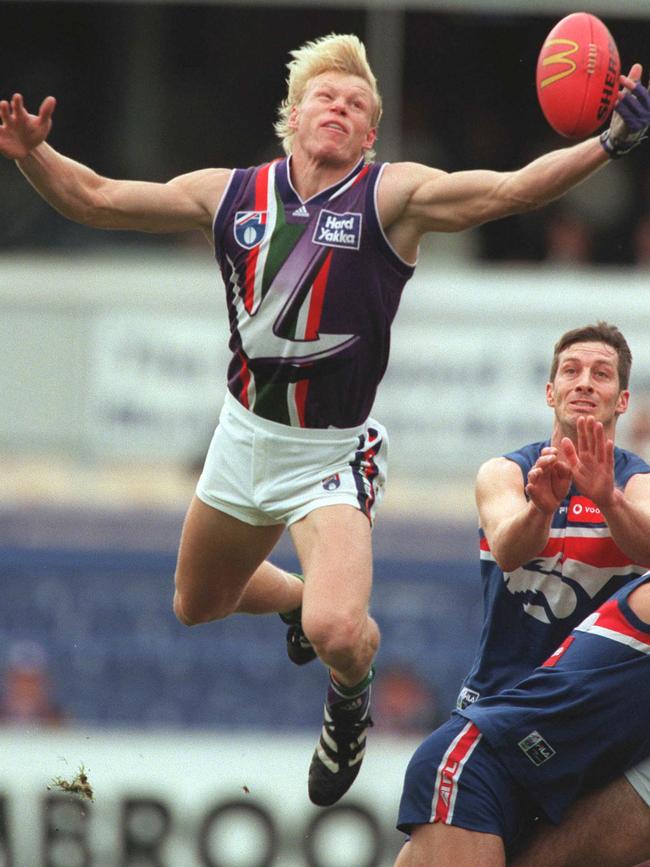
Modra and Waterhouse formed a dangerous one-two punch up forward over the next two seasons, combining for over 100 goals both years.
Waterhouse went on to represent Australia in the 1999 International Rules series and bagged seven goals against West Coast in 2000s “Demolition Derby” made famous for a brutal all-in brawl.
The final few years of his career were hampered by injury and he was delisted in 2004.

